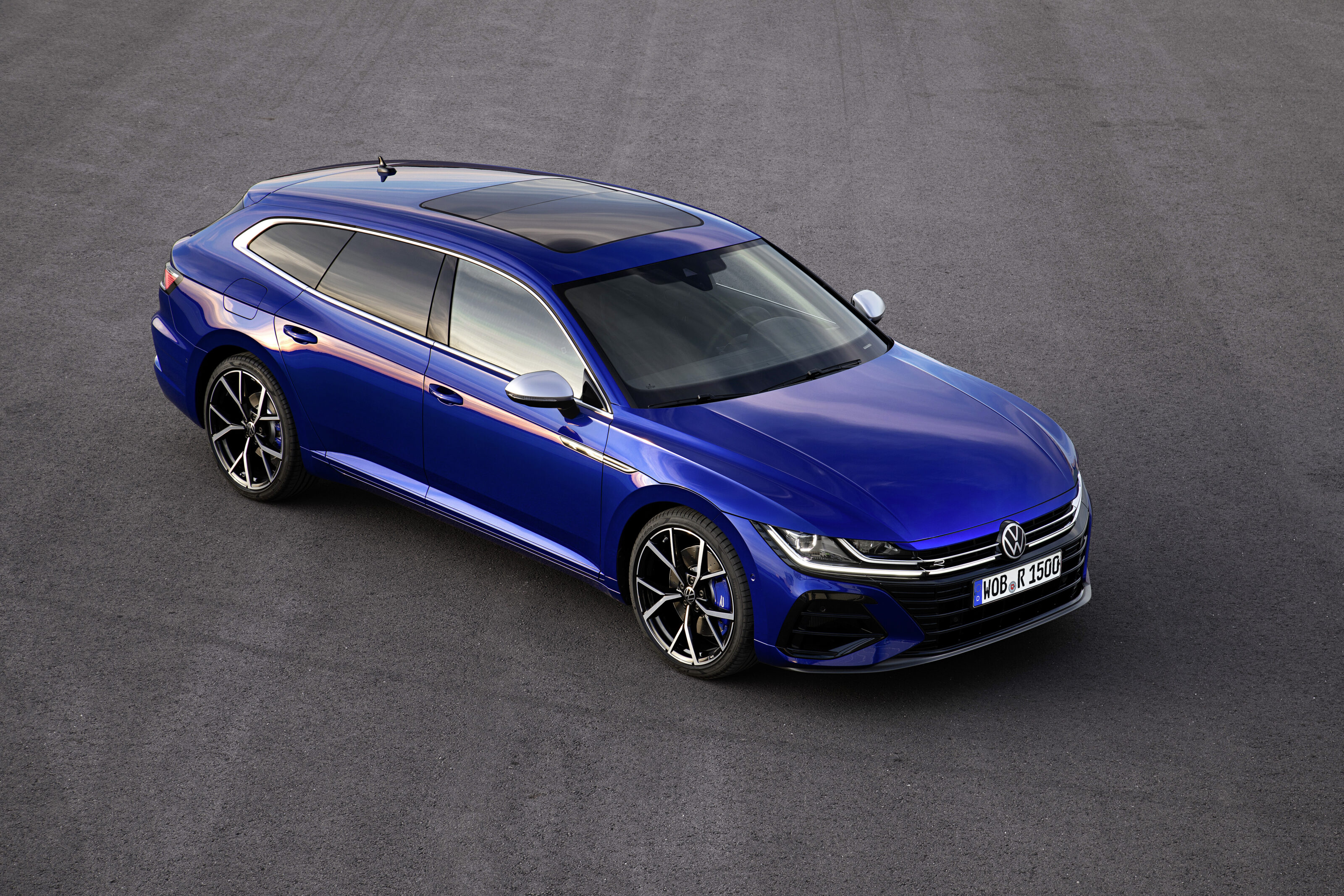“That’s not a shooting brake” said one Facebook commenter, in response to an image of the (very good looking, mind you) Volkswagen Arteon Shooting Brake.
I typed out a response, but refrained from hitting Enter. It read something like: “in so far that it’s not a horse-drawn carriage used by aristocratic hunting parties, you’re right”.
So what is a ‘shooting brake’? Is it simply manufacturer marketing speak or is it really different to a station wagon, or an estate? It’s easy to write the term off as simple PR spin and, in modern times, perhaps that’s somewhat deserved. Can we lay blame on Mercedes-Benz, which set the contemporary trend with the long-roof variant of the C218 CLS of 2012?
In truth, the etymology of the term ‘shooting brake’ actually takes us far back before then, before the dawn of the motor car and back to the age of horse-drawn transportation.

In the early days of coachbuilding; and we mean that in the truest sense of the word, not the sort of stuff you’ll find on the main stage at Pebble Beach, a ‘brake’ was a specific type of carriage used in training (or literally ‘breaking the will’) of wild or untamed horses. Earliest use cases came to the aid of service and draftwork.
The term ‘shooting brake’ later emerged to describe a horse-drawn wagon used for more aristocratic activities like carrying gamekeepers, sporting hunters, hunting dogs and game to and from excursions. The term simply carried over with the advent of self-propelling vehicles.
In more modern times, the label is commonly used within coachbuilding circles (we’re talking the Pebble Beach stuff here) to stylistically describe traditionally three-box car designs that have been converted into two-box designs with extended rooflines and, generally speaking, just two doors.
The denotation of an ‘estate’ car has traditionally been the English descriptor of a two-box car design, and shares a similarly socially stratified origin to the shooting brake label. Put simply, rich people lived on estates, and were marketed big-booted cars to carry rich people things, like lacrosse sticks and horse saddles.

The term ‘station wagon’ has more blue-collar roots, but its origins also stem from the era of horse-drawn propulsion. In those days, and in the early days of the automobile before widespread adoption, long-distance travel was primarily conducted via rail-based transportation.
Horse-drawn carts called ‘depot hacks’ ferried people and luggage to and from the train station, itself referencing the outmoded term ‘hackney’ – a horse-drawn taxi. With the advent of the motorcar, the term ‘depot hacks’ initially carried over in reference to the modified Ford Model Ts that replaced the old horse and carts.
From 1923, these Ford Model T depot hacks were partly constructed by Ford in Michigan, which provided buyers, often fleets for hotels and resorts, with a driving chassis before a third-party coachbuilder fixed a bespoke wooden body with roomy seating, ample luggage space and a two-box longroof design.

These Model T depot hacks were also referred to as, you guessed it, station wagons. And by 1929, the Ford Model T Station Wagon was a genuine factory offering in the catalogue. The rest, as they say, is history.
But history has since deleted another major pioneer of the beloved wagon package. Did you know that Ford wasn’t the first to offer a factory-built station wagon? Back in 1921, then-CEO of General Motors, William ‘Billy’ Durant, was ousted from his post (for the second time), and quickly established Durant Motors.
One of Durant’s sub-marques, Star, gave the Model T real competition in the low-price segment and beat the Michigan giant in offering a factory-built station wagon to market by as early as 1923. The Star itself was a sales success, but financial mismanagement at a corporate level saw Durant Motors dissolve by 1932. Having lived through two World Wars, Henry Ford knew one thing better than most. History is written by the victors.

We recommend
-
 News
NewsSemi-conductor shortage restricts Australian arrival of Volkswagen Arteon Shooting Brake
Delay only affects numbers of Shooting Brake variants, not liftbacks
-
 News
NewsToyota GR86 shooting brake rendered
A look at a more family-friendly version of Toyota’s latest sports car (okay, maybe not quite so family-friendly)
-
 News
News2022 Genesis G70 wagon revealed, Australian launch confirmed
Genesis reveals its sporty-looking new mid-sized wagon, and while an Australian debut is confirmed, we can thank Europe for its existence






